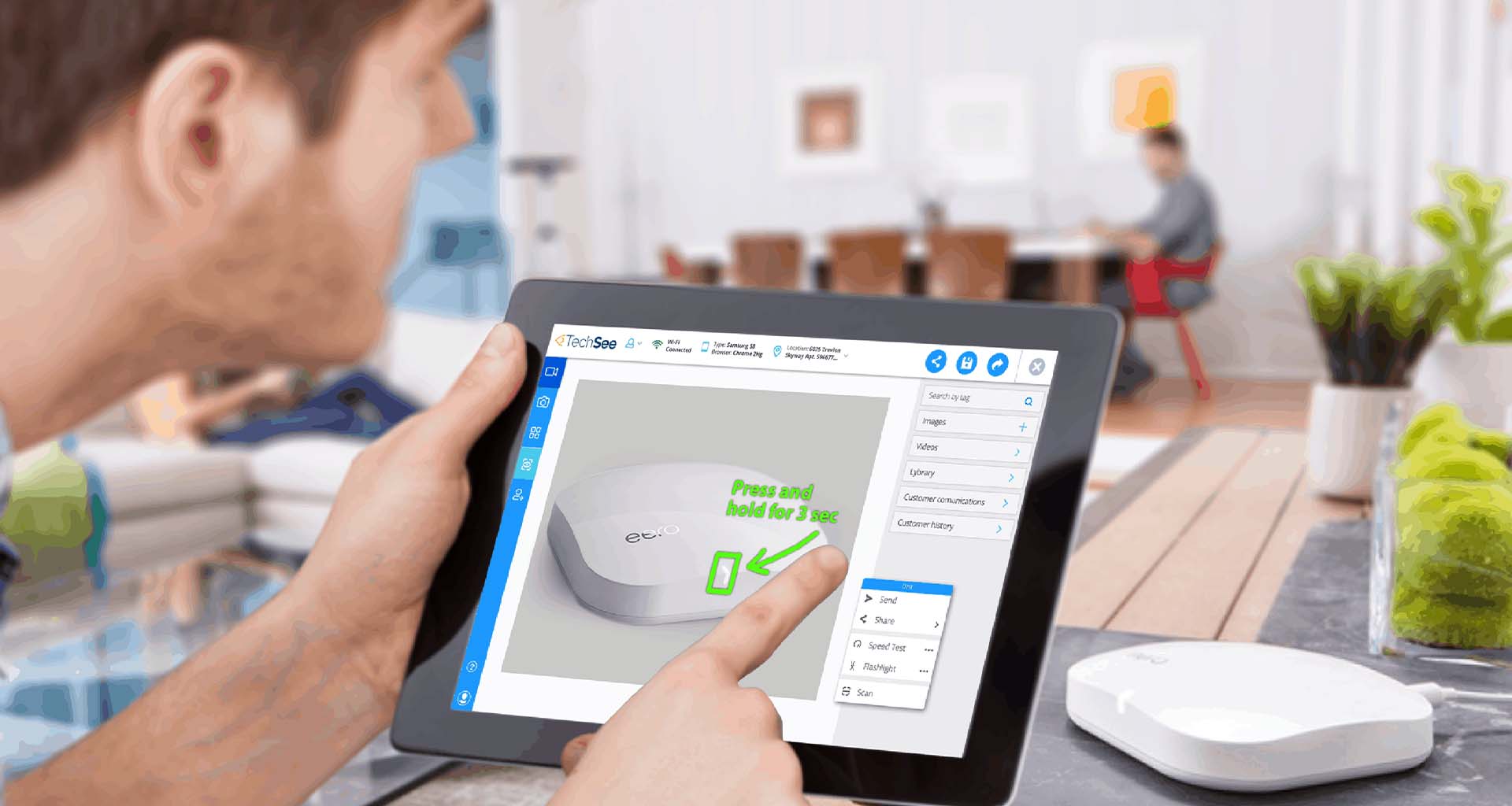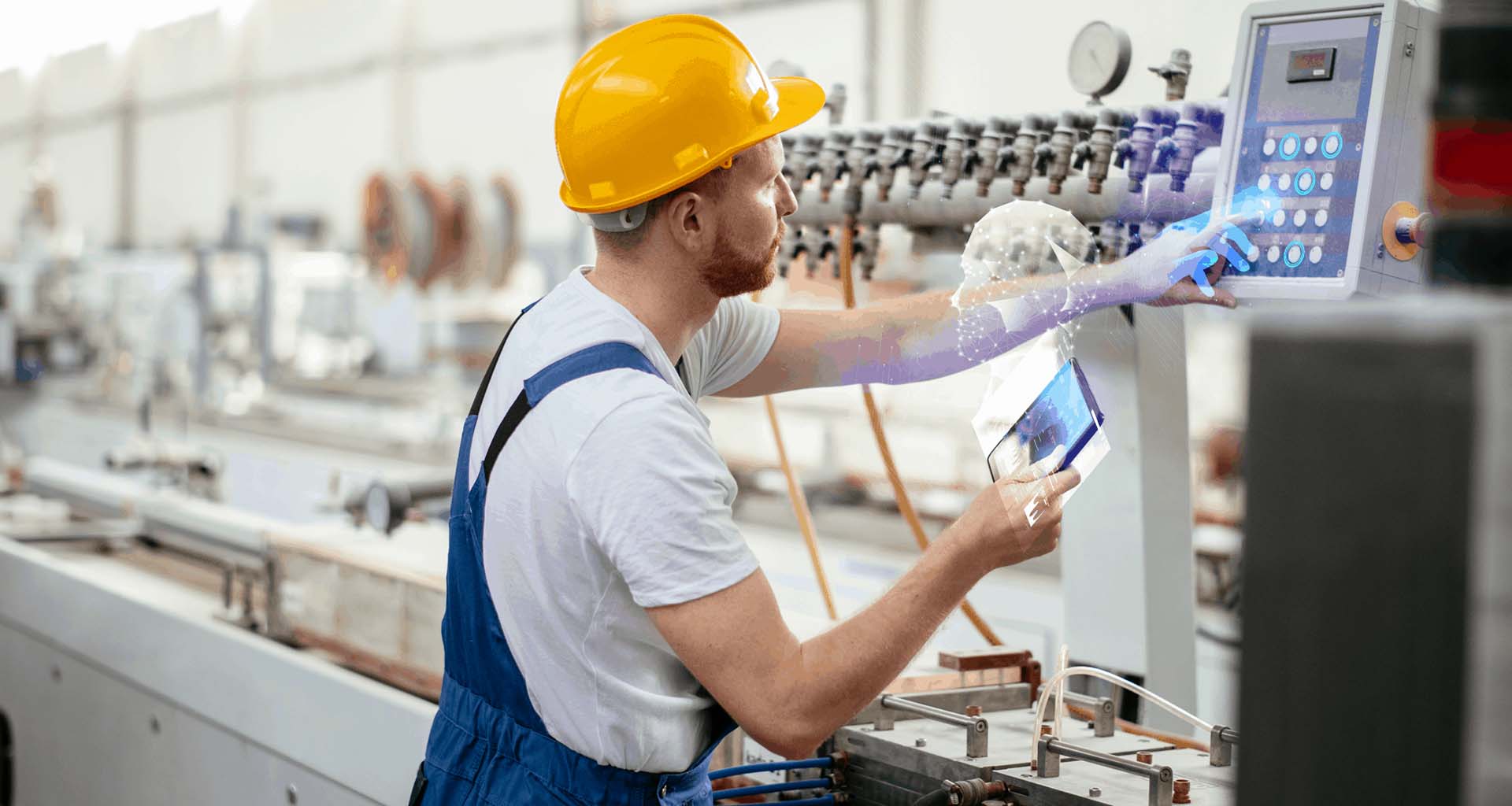Contents
Even before COVID-19 disrupted the world, the introduction of Computer Vision into field service had begun to transform the industry. Seasoned Baby Boomer field service technicians are rapidly approaching retirement, causing a generational gap. When these older technicians hang up their tools, precious industry knowledge retires along with them.
In fact, Field Service News reports that 73% of organizations have identified an aging workforce as a potential threat to their field service operations. Faced with a “brain drain,” field service organizations have been struggling to capture and preserve the knowledge of their “tribe” before it is lost forever.
Computer Vision in Field Service – A New World of CX
Like many other industries, the field service sector has been increasingly focused on enhancing customer experience. A research report indicates that 65% of field service organizations have identified customer satisfaction as either equal to or higher in importance than operational efficiency. To ensure customer expectations are met, organizations are shifting their KPIs, striving to meet customer demand for faster resolutions and fewer follow-up visits.
As the world adapts to the new normal, field service organizations must find solutions that address the challenges of an aging workforce, a widening knowledge gap, and increasing demand for improved customer experience.
What Computer Vision can achieve in Field Service
Computer Vision AI is the science of teaching machines to see, recognize and understand the physical world. As the technology that powers cashierless shopping for Amazon Go and enables self-driving cars to recognize other vehicles, pedestrians, and potential hazards, Computer Vision is now proving its worth in identifying and resolving a wide range of technical issues.
With Computer Vision, companies can give ‘smart eyes’ to their technicians. The technician only needs to point his smart device at the item needing repair, and the technology takes over. It can recognize a huge range of devices, such as:
- A/C units
- dishwashers
- 3D printers
- medical technology
- industrial machinery
Computer Vision-powered systems can also recognize specific parts including:
- wires
- cables
- pipes
- fuses
- bearings
It can also recognize faults such as fine cracks, component misalignments, and issues involving connected equipment and its status.
Ensuring job completion
Once the root cause is identified, the system then provides step-by-step visual guidance from the company knowledge base on how to resolve it. It can also automatically confirm that the job has been completed properly to ensure higher First Time Fix rates.
Computer Vision is a game-changing technology that has ushered in a new age of field service capabilities, especially in the areas of autonomous assistance for technicians and decision support for remote experts.
Autonomous assistance for field technicians
It is common for a field service technician to need support while out on a job. Whether it’s a brand-new device or an unfamiliar issue, connecting with an expert is par for the course. However, as an aging workforce shrinks the pool of experts or public health crises force organizations to operate with a skeleton staff, those experts may not always be available. Eventually, organizations find themselves struggling with workflow bottlenecks and an increasing Total Time to Resolution.
Computer Vision in field service enables the technician to capture an image of issue with his smartphone or tablet camera, allowing the system to search for similar images in the knowledge base, identify the right resolution and provide it to the technician in the form of annotated images. The technician can then solve the issue without requiring any support from a supervisor.
Decision support for remote experts
When technicians do need help from remote experts, a Computer Vision-based system provides the same benefits to these experts. The technician shows the issue, allowing the system to find the correct resolution and suggest it to the remote expert. This saves valuable time for the expert who simply has to approve the resolution guidance and send it on to the technician.
An aging workforce
The ability to automatically recognize the device and identify the issue goes a long way toward helping novice technicians learn on the job, as seasoned technicians become less available. Providing remote expert assistance also allows veteran and junior technicians to collaborate at a back-office location, accelerating training while avoiding costly technician visits.
Knowledge gap in field service
Field service organizations can leverage images collected from any visual interactions involving their workforce to train their systems. These can include remote visual sessions with customers, on-site recordings, and interactions with experts. With deep learning, the technology can quickly achieve high levels of accuracy in recognizing objects in real-life conditions. A visual knowledge base is far more effective and user-friendly than textual articles as junior technicians can see other similar cases that veteran technicians have already encountered and resolved.
Improved customer experience
When technicians receive better support, customers benefit from shorter time to resolution and fewer follow-up technician visits. Their safety also remains a priority, as a technician needs to visit only once. Results from a recent survey on expectations of service delivery during the pandemic show that 68% of respondents expect a company to make sure the technician visit is as short as possible, and 63% would allow only one technician visit.
Computer Vision in field service – Summary
Computer Vision is taking the field service industry to the next level by driving decision support for remote experts as well as enabling autonomous assistance for field technicians. The technology has the power to help field service organizations address their most pressing concerns: closing the knowledge gap left by a retiring workforce, driving technician enablement, and boosting customer satisfaction.






